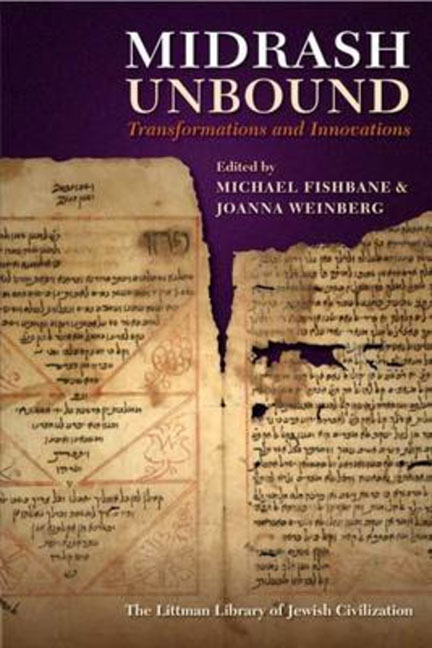20 - Midrash in Habad Hasidism
Summary
THIS CHAPTER attempts to examine the continuum joining Midrash, ethos, and spirituality in the Habad school of hasidism, both in terms of the development of theoretical structures linking the midrashic process with personal spiritual quest, and the use of Midrash to impart traditionalist, hasidic, and sometimes eschatological ideas. This relates to the striking interplay of esoteric and exoteric elements in hasidic teaching. For though there are overtly esoteric themes, discussing sefirot (divine emanations), spiritual ‘worlds’, and other aspects of the corpus of Jewish mystical thought, a long tradition in Judaism reserves such teachings for a spiritual elite.Midrash, by contrast, is ostensibly accessible to all, whether as a written text for study or as an oral and popular exposition. Hence it is notable that hasidic teachers in general, and those of the Habad school in particular, use Midrash in order to communicate spiritual teachings in the society at large. Moreover, the particular mode of instruction that hasidism evolved, the hasidic derush (exposition), sometimes called torah (teaching) or ma’amar (discourse), can itself be seen as an extended form of latter-day Midrash. While all the above is relevant to varying degrees in many hasidic groups, this study generally limits its scope to the use of Midrash in the Habad school. Nevertheless, in order to consider this topic in context, we shall begin with a brief overview of the use of Midrash in the broader hasidic movement.
ON MIDRASH IN HASIDISM
Midrash and aggadah have had a prominent role in hasidism from the very beginning of the movement in the middle of the eighteenth century. Many of the sayings of Rabbi Israel Ba’al Shem Tov (1698–1760), collected in the writings of his disciples, quote talmudic aggadah and phrases from the Midrash as well as sayings from the Zohar. The main collections of teachings of his disciple Rabbi Dov Ber, the Maggid of Mezhirech (d. 1772), who was the central focus of the hasidic movement in its second generation, liberally quote from the talmudic aggadah, Midrash Rabbah, and to some extent other midrashim such as Tanḥuma, and also the Zohar.
- Type
- Chapter
- Information
- Midrash UnboundTransformations and Innovations, pp. 429 - 456Publisher: Liverpool University PressPrint publication year: 2013



